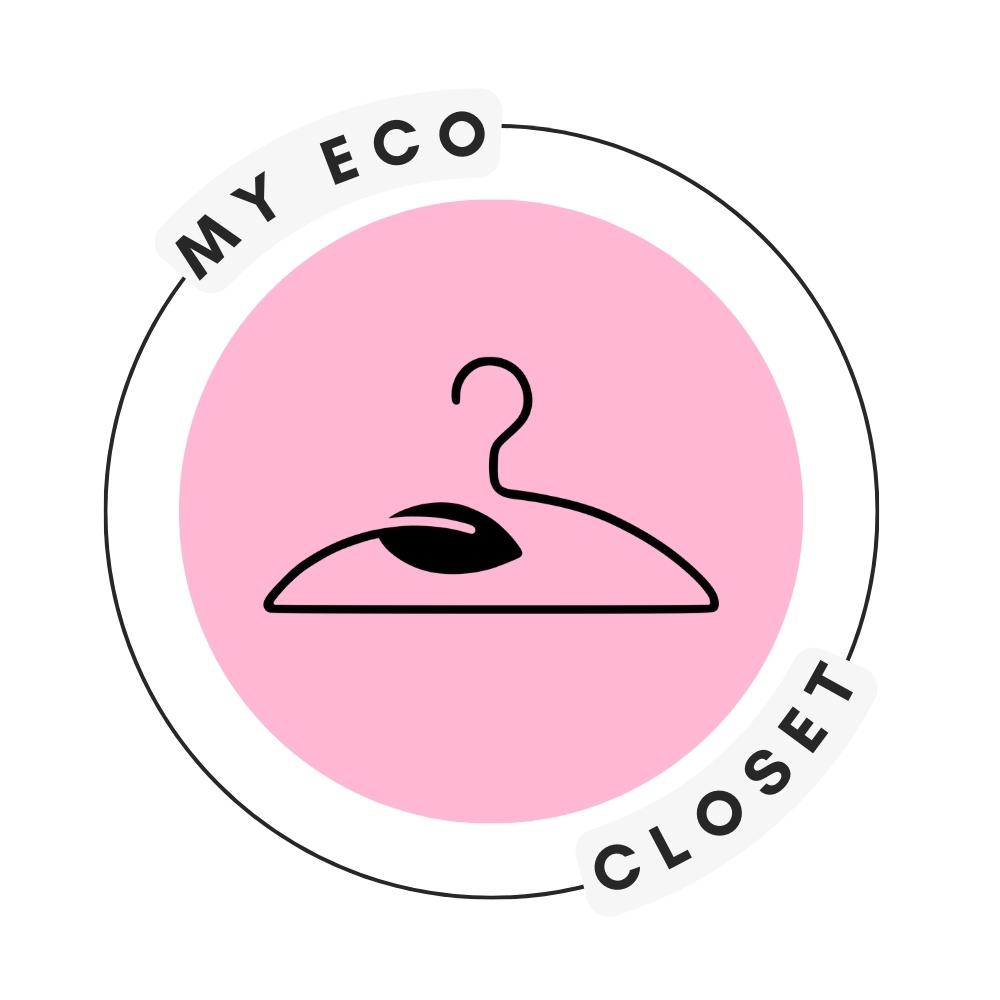Did you know the fashion industry is the world’s second-largest polluter after oil? A single cotton shirt takes 2,700 liters of water to produce — and that’s just the beginning. In this guide, we’ll explore the key differences between fast fashion vs sustainable fashion, shedding light on the true environmental cost of the clothes we wear.
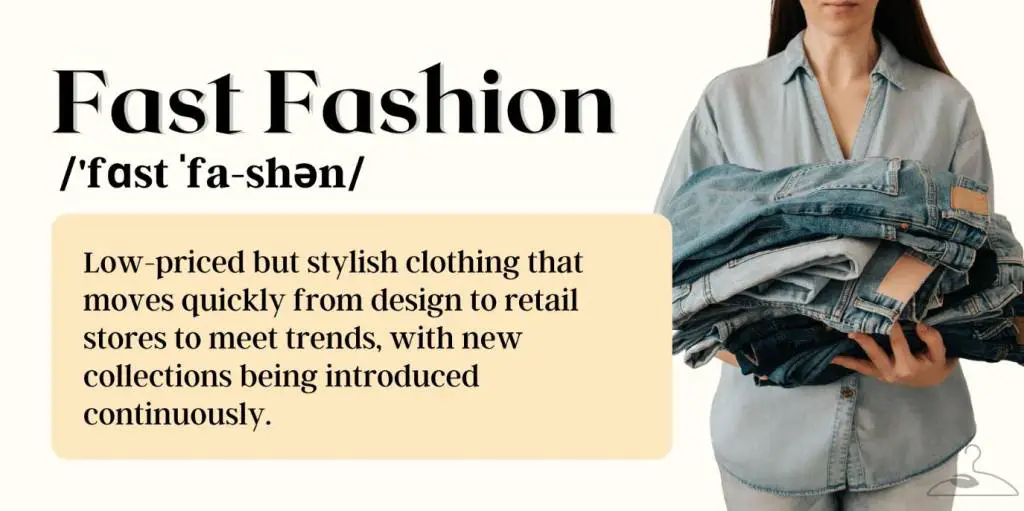
How Do Fast Fashion vs Slow Fashion Differ?
Fast fashion harms the planet through textile waste, encourages consumerism, and fuels modern slavery. Slow fashion protects the earth using eco-friendly materials and ethical labor, providing a lower-impact and environmentally friendly alternative.
| Aspect | Fast Fashion | Slow Fashion |
| ⚡Production Speed | 52 micro-seasons/year. Ultra-fast turnaround driven by data and algorithms. Produces garments in a matter of days. | Follows a seasonless or slow fashion model. Prioritizes thoughtful design and longevity. |
| 🌍 Environmental Impact | Produces 12.8 million tons of textile waste yearly in the U.S. alone. Emits more CO₂ than aviation and shipping combined. | Uses organic materials, eco-conscious manufacturing, and small-batch production to reduce waste and emissions. |
| 🧑🏭 Labor Practices | Often exploitative: child labor, low wages, 60+ hr weeks. | Ethical labor practices with fair wages, safe working conditions, and local or small-scale production. |
| 🧠 Design | Trendy, short-lived styles, microtrends | Timeless, durable pieces |
| 💸 Cost Per Wear (CPW) | Low initial price but higher Cost Per Wear (CPW) due to frequent replacements | Higher upfront cost but lower CPW due to garment durability |
| 🧢 Examples | Shein, H&M, Zara (though some are introducing “greenwashed” lines) | Patagonia, Reformation, Eileen Fisher, and secondhand platforms like Vinted, The RealReal, Fwrd, eBay |
Beyond the Fast Fashion Facade: The What & How
By now, most of us have heard the buzzword “fast fashion,” but what does it really mean? In short, it’s the rapid production of trendy, low-cost clothing designed to keep consumers buying. However, behind its alluring facade lurks a myriad of environmental and ethical concerns.
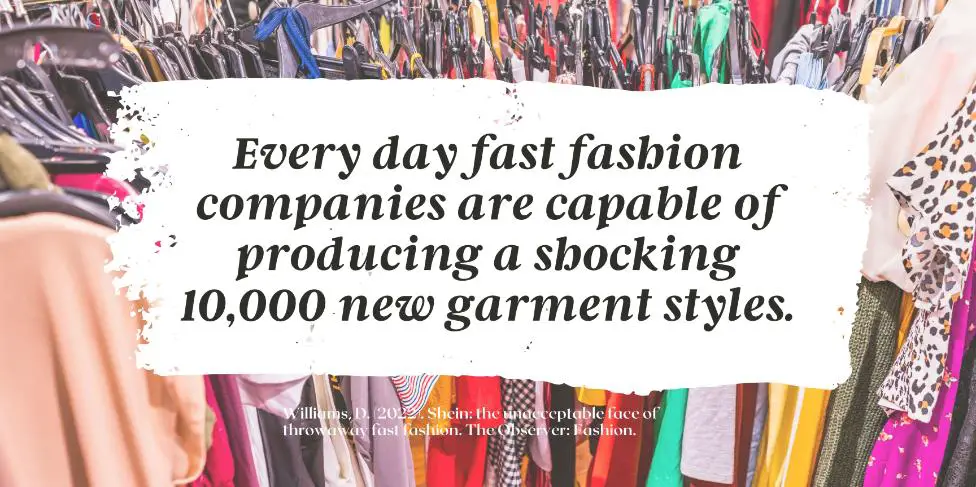
❌ Fast Fashion Relies on Tech to Predict Trends
What sets fast fashion apart is the speed at which ideas become products. Items go from concept to store shelves in record time — often so quickly that shoppers barely have time to consider their purchases. The result is impulse buying without much thought for sustainability.
This speed is made possible by a tech-driven model. Brands use algorithms to track online behavior and pinpoint trending styles in real time. Once a design gains popularity, manufacturers immediately begin mass production, minimizing unsold inventory but maximizing environmental impact.
❌ Fast Fashion Encourages Mindless Consumption
Fast fashion may look stylish and affordable, but it comes with a hidden cost. Discounts and influencer posts trap you in a cycle of impulse buys — items you often wear once, if at all. Since they’re low-quality, they fall apart quickly, and you’re right back shopping for more.
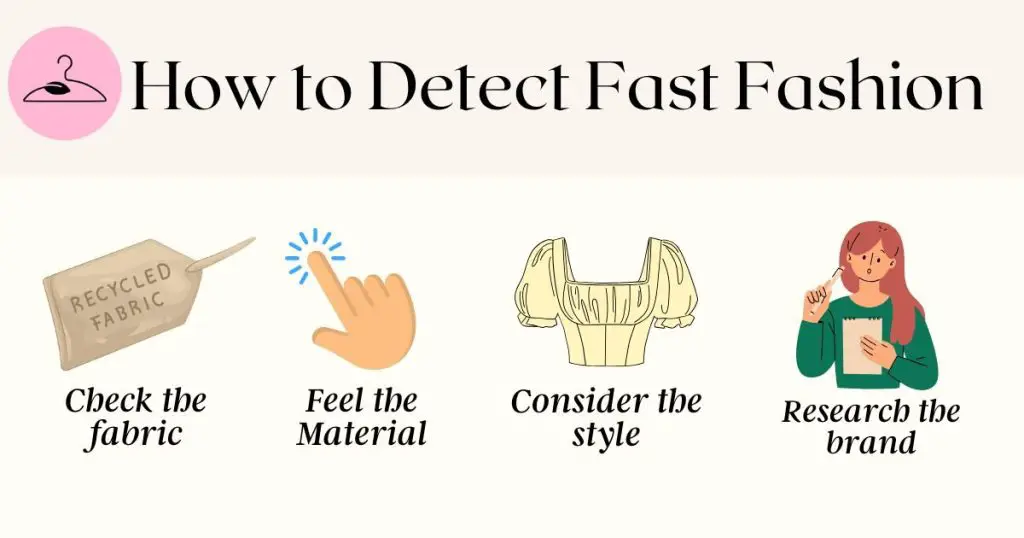
🔍 How to Detect Fast Fashion When Shopping
Fast fashion isn’t just hiding in budget brands — it’s sneaky. Even luxury labels can cut corners. So no, a high price doesn’t always mean the piece was made ethically. Here’s how to spot it without overthinking:
Step 1. Check the Fabric
If the fabric tag reads polyester, acrylic, nylon, some stretchy blend you can’t pronounce, or any other example of synthetic fabrics — it’s likely toxic, non-biodegradable, and not great for the planet (or your skin).
Step 2. Feel the Material
Loose threads? Crooked seams? Sloppy hems? That’s not “effortless,” that’s just fast and cheap. Shoddy construction signals fast production.
Step 3. Consider the style
Does the item look like something that’s trendy right now but might feel outdated in two weeks? If yes, it’s probably designed to be disposable.
Step 4. Research the brand
Can’t find anything about the brand’s supply chain or ethics after a quick Google search? That silence says a lot.
At My Eco Closet, we’ve done the heavy lifting for you. Our curated brand assessments dig deep into the practices of fast fashion retailers, so you can know exactly what they might be hiding.
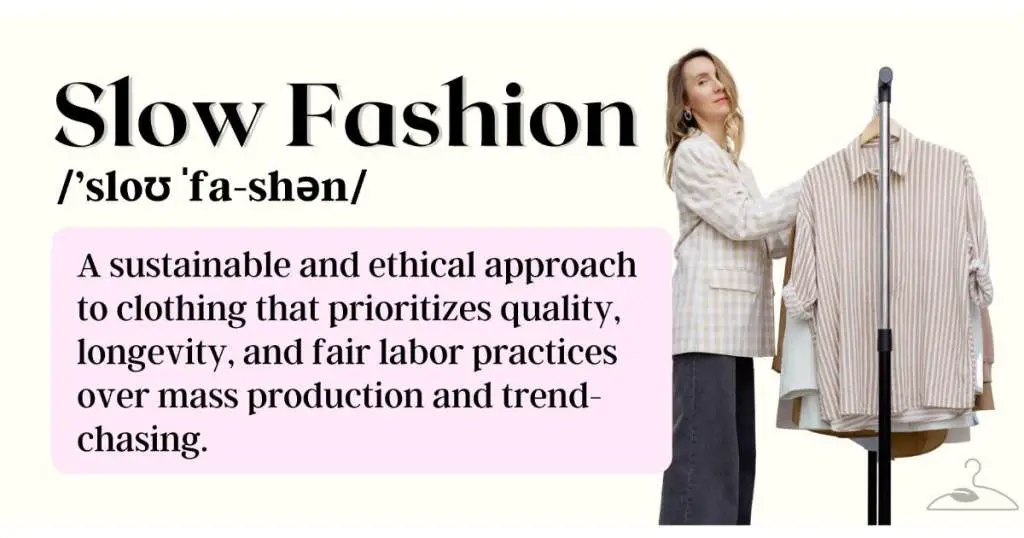
Slow Fashion Meaning: An Antithesis of Fast Fashion
Slow fashion promotes sustainability by prioritizing ethical production, quality materials, and timeless designs. It opposes fast fashion’s wasteful trends, encouraging conscious consumption and long-lasting clothing that benefits both people and the planet.
Here’s how sustainable fashion distinguishes itself from its fast counterpart:
✅ Slow Fashion Runs on a Seasonless Calendar
Fashion once followed a rigid calendar—four collections a year, planned well in advance. But the rise of fast fashion in the 2000s flipped the script, flooding stores with new styles weekly, even daily. As author Elizabeth L. Cline mentions, fast fashion churns out 52 micro-seasons a year, making consumers feel outdated almost instantly.
In contrast, sustainable brands are ditching the trend treadmill. Rejecting micro-seasons, seasonless fashion brands focus on timeless pieces meant to be worn year-round. Their goal? To slow down consumption, reduce waste, and shift shoppers toward lasting style over fleeting trends.
✅ Slow Fashion Encompasses Clothing Rental
As resale and rental markets grow, more shoppers are turning away from fast fashion’s throwaway culture. Instead, they’re embracing shared and pre-loved wardrobes. Even brands are catching on — 72% now mention sustainability goals like responsible consumption in their reports.
This is a hopeful shift: people are realizing that fashion can be both fun and mindful. Renting offers variety without waste, letting clothes live multiple lives while keeping closets — and landfills — from overflowing.
🔍 How to Spot Slow Fashion When Shopping
Step 1. Read the Label
Look for eco-conscious materials like organic cotton, hemp, and linen. Certifications like Fair Trade or GOTS (Global Organic Textile Standard) verify that the brand follows ethical and eco-friendly practices.
Step 2. Research the Brand
Sustainable brands are transparent. Check their website or social media for information about labor practices, environmental goals, and their supply chain transparency.
Step 3. Check the Collection Style
Opt for brands that release limited collections focused on timeless pieces, rather than constantly shifting trends. This often indicates a commitment to sustainability and thoughtful design.
Step 4. Support Circular Efforts
Look for brands offering repair services, recycling programs, or secondhand options. These initiatives help reduce waste and give garments a longer life cycle.
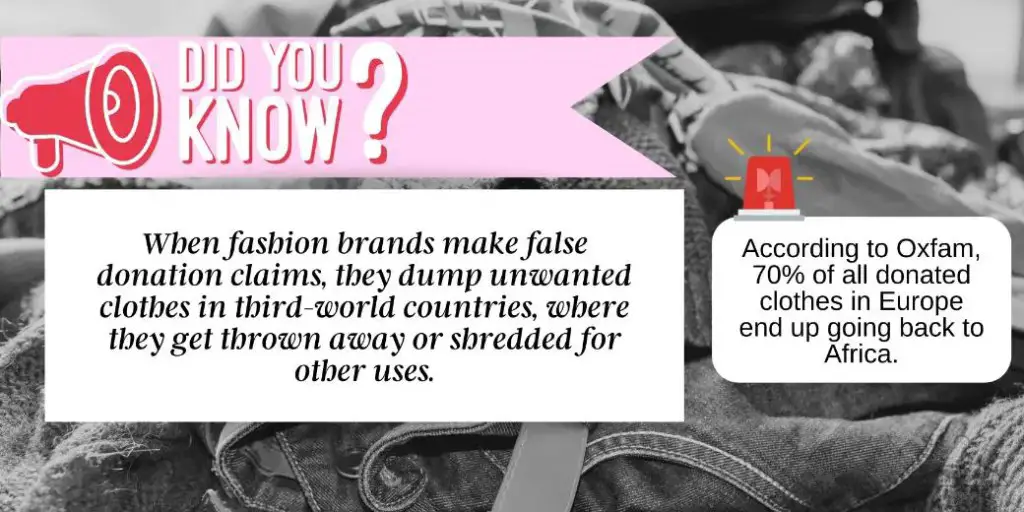
Fast Fashion vs Slow Fashion: Final Thoughts
Fast fashion and sustainable fashion stand on opposite ends of the spectrum. Fast fashion fuels a “buy now, toss later” mentality, relying on toxic synthetic fabrics that harm the health of consumers.
In stark contrast, sustainable fashion embraces circularity, offering recycling and upcycling programs, using non-toxic materials, and minimizing waste. With a focus on ethical practices, sustainable brands prioritize fair wages and ethical labor over exploitation.
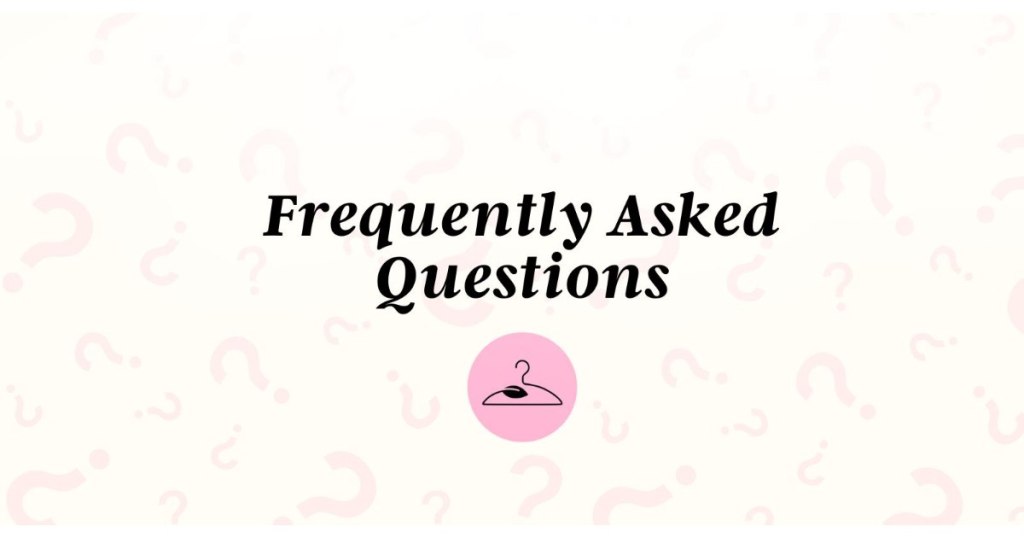
Frequently Asked Questions
Fast fashion strains the earth’s resources by consuming enormous amounts of water, energy, and chemicals. For example, producing just one cotton shirt uses 2,700 liters of water — enough to hydrate one person for 2.5 years. The rapid pace of production accelerates waste and pollution.
Fast fashion promotes disposable clothing through ultra-fast production cycles. These clothes are often made with synthetic fibers that don’t biodegrade, filling landfills at an alarming rate. It also leads to excessive water usage and high carbon emissions, especially with non-sustainable materials like polyester.
Yes! Slow fashion emphasizes sustainability by using eco-friendly materials like organic cotton, hemp, and recycled fabrics. By producing fewer, higher-quality garments, slow fashion brands reduce textile waste and minimize the carbon footprint, providing an alternative to the mass consumption pattern promoted by fast fashion.
Consumers should check fabric tags for synthetic materials like polyester, which are common in fast fashion. If garments feel cheap or poorly constructed with visible stitching issues, they’re likely mass-produced. Additionally, a lack of transparency about a brand’s sourcing and labor practices often indicates fast fashion.
Slow fashion brands prioritize ethical labor practices, ensuring fair wages, safe working conditions, and respect for workers’ rights. Unlike fast fashion, which often exploits labor in developing countries, slow fashion fosters local or small-scale production, offering better opportunities for workers and promoting social responsibility.
While slow fashion may have a higher initial price due to ethical sourcing and quality materials, it proves more cost-effective over time. Slow fashion garments are designed to last, reducing the need for frequent replacements. In contrast, fast fashion requires constant purchasing due to low-quality, short-lived clothes.
Clothing rental services offer a solution to the disposable culture of fast fashion. By renting garments, consumers can enjoy trendy pieces for special occasions without buying into a wasteful purchasing cycle. This helps reduce textile waste while giving clothes a second life, promoting circular fashion.
Yes! Supporting slow fashion doesn’t have to mean spending excessively. Thrift shopping, swapping clothes, and buying secondhand are all sustainable alternatives. By investing in quality pieces that are durable and versatile, you can build a wardrobe that is both eco-friendly and budget-conscious.
